Perhaps George Clooney's finest hour.
In keeping with the spirit of George's famous utterance, Neil of Teaclassico has kindly provided us with some hard drinkin'.
1999 "Xiaofa" Xiaguan French Export shupu
Surprisingly, this "faguo" [French] export tuocha smells of neither garlic nor onions. It has had 15 years of Hong Kong storage, which might account for that. The leaves are on the larger side, for Xiaguan, and in truth they do have a distinctive aroma of what can only be called "fish". This is not a problem, just an observation.
Tiny Death Star + shupu
The piscine aromatics do not continue into the cup. What we do get is a big, stable, and enjoyable dose of shupu. There is a particularly silky and thick texture that reminds me Xiaguan really know their way around the manufacture of tuocha. I enjoyed it very much, but perhaps not quite enough to spend $89 on it.
Yet more serious is this: a 1980s maocha from the Yiwushan area.
Pictured above, this is a big, deluxe pile of a tea. My expectation is that the older maocha gets, the weaker it gets. This one, however, still seems to be quite strong, which makes me wonder if it is actually 1990s, rather than 1980s - not that such things matter, anyway.
The colour is a more solid red than might otherwise be expected, which again leaves me thinking that it might be 1990s. Its body is smooth, if a little thin. There is a detectable trace Hong Kong in its history, but this has been aired out - presumably in Taiwan, along with many of the teas sold by Teaclassico. HK then Taiwan is a good route to take.
Aged well, with deep HK mineral characteristics, this is a gentle, warming tea. I read this tea in the background while annotating an MSc thesis for submission, and I think the tea put me in a good mood.
The star attraction, and one worthy of George Clooney's attention, is the following:
This 1997 Tongqinghao "Chi Cheng" is quite special. It came in a sample bag as "Tung Ching Hao", and so I suspect that the cake's pinyin name is not actually "Chi Cheng". Without seeing the characters, it is difficult to disambuigate Taiwanese (or, rather, Wade-Giles) romanisation.
The leaves, pictured above, surely already have you whipped up into a frenzy. They have the scent of (you guessed it) Hong Kong. The scent of the HK tea, that is, not the scent of the HK teargas.
The brown-red colour and BEEFY flavour are very welcome. I used lots of leaves, knowing that it would not become overbrewed (HK tea, aged), and the result is a vivid and vibrant fizziness on the tongue. It leaves a humid bookishness in the nose which, for a serial university type, is quite alluring.
Not that anyone ever goes in libraries any more.
With passing infusions, as the leaves open fully, the centre of the soup darkens in colour. There is a wildflower note that reminds me of the 2003 Zipinhao from Zitenglu / Wisteria Teahouse. Its core of deep, sweet mahogany is enjoyable and I am already beginning to wonder as to its price.
I kept adding leaves to Zidu, my pot, to prolong the session - so good was this tea, that I did not want to stop. Eventually, Zidu was so full that I had to decant the leaves into a larger pot - and (its bulk pictured above) it was almost half-full when I did so. I brewed them for two days, and they were decent.
Teaclassico will, I understand, be stocking this in future, but one cake could already be enpurchanised and coming my way. Be ready, ye shelves, for Tongqinghao is very decent indeed.



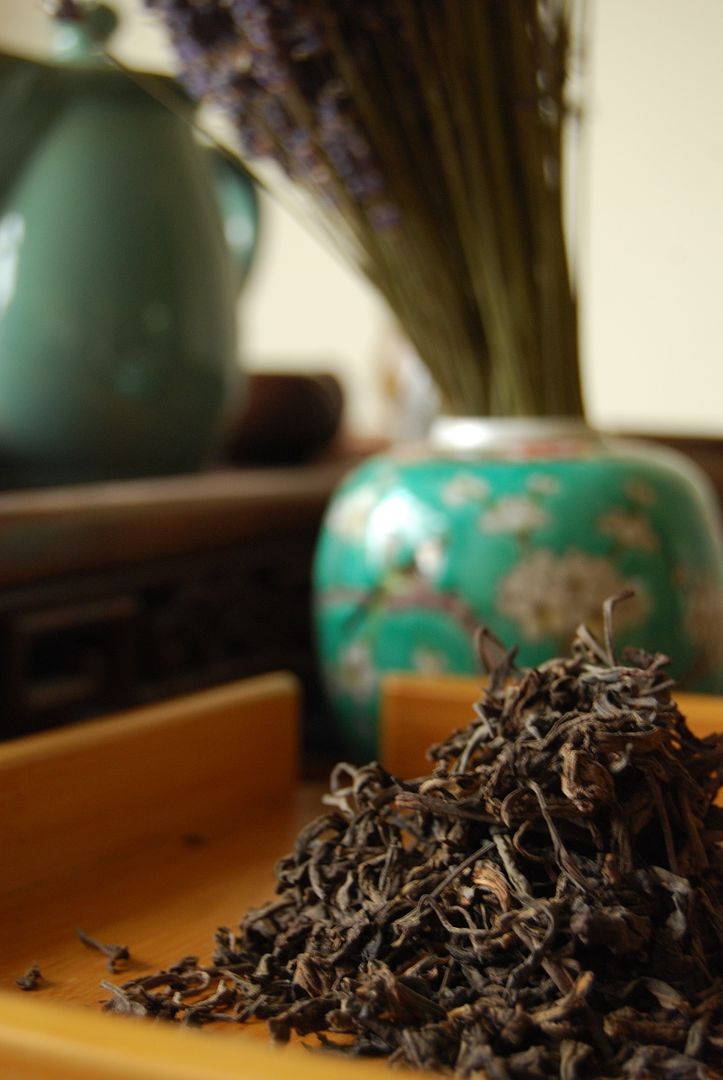
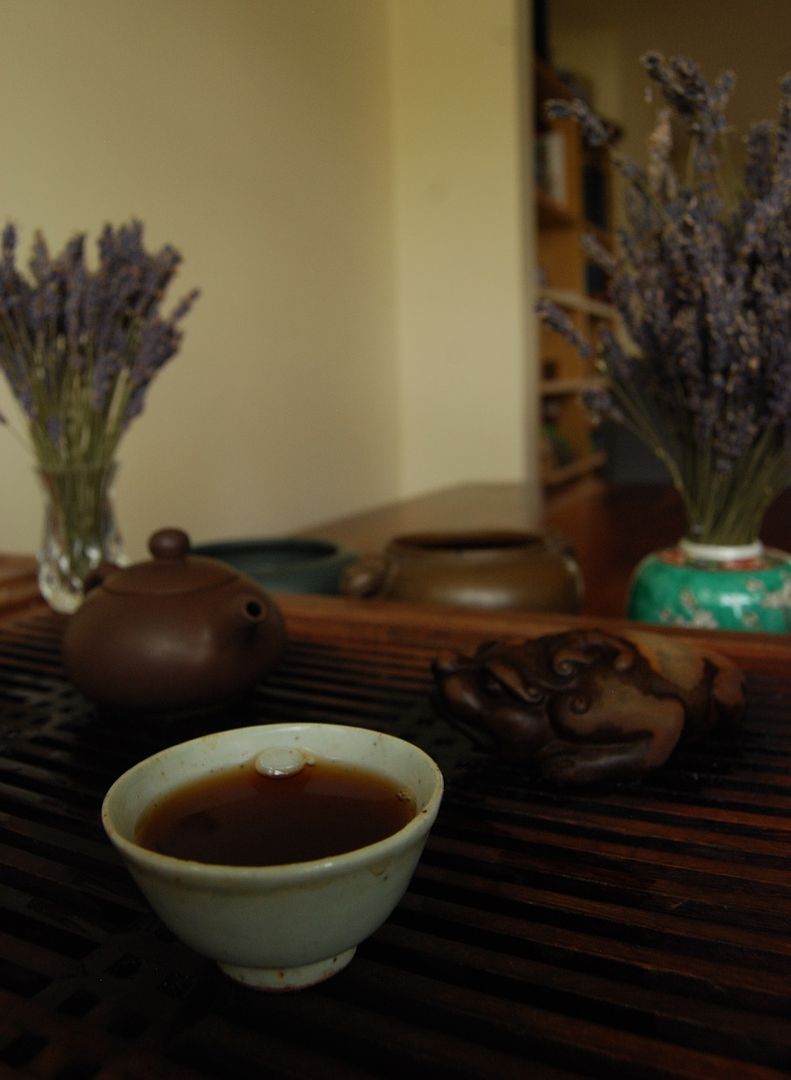
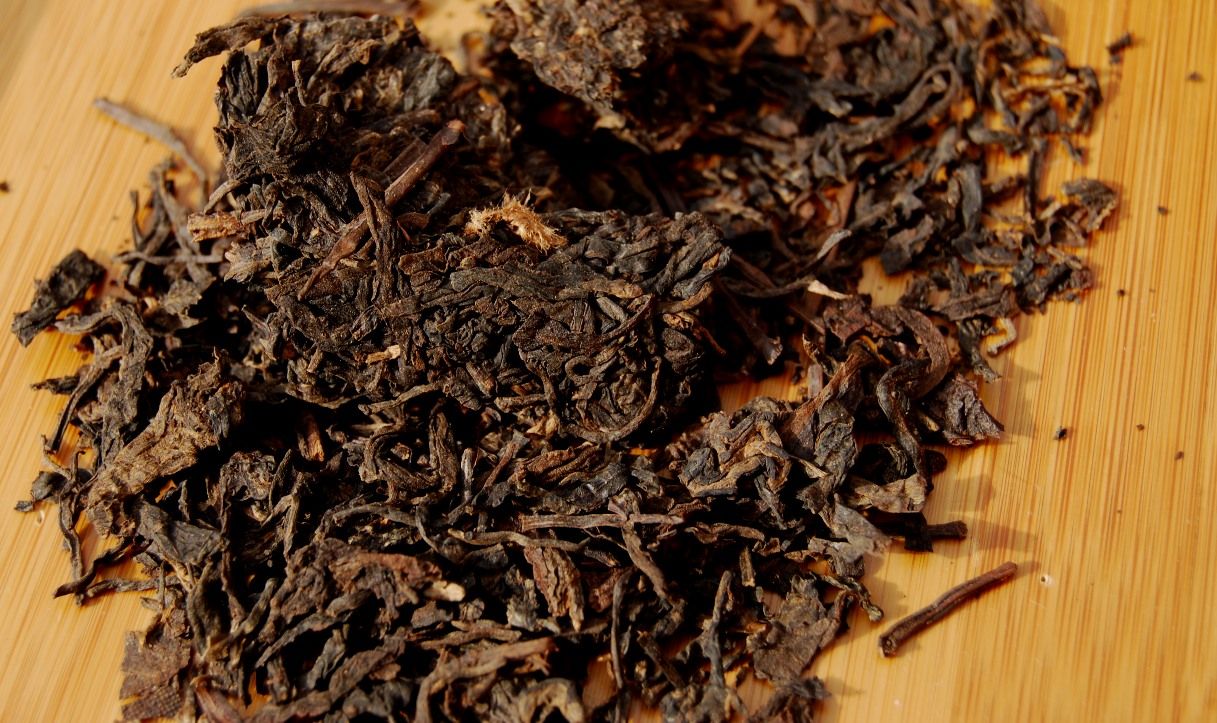
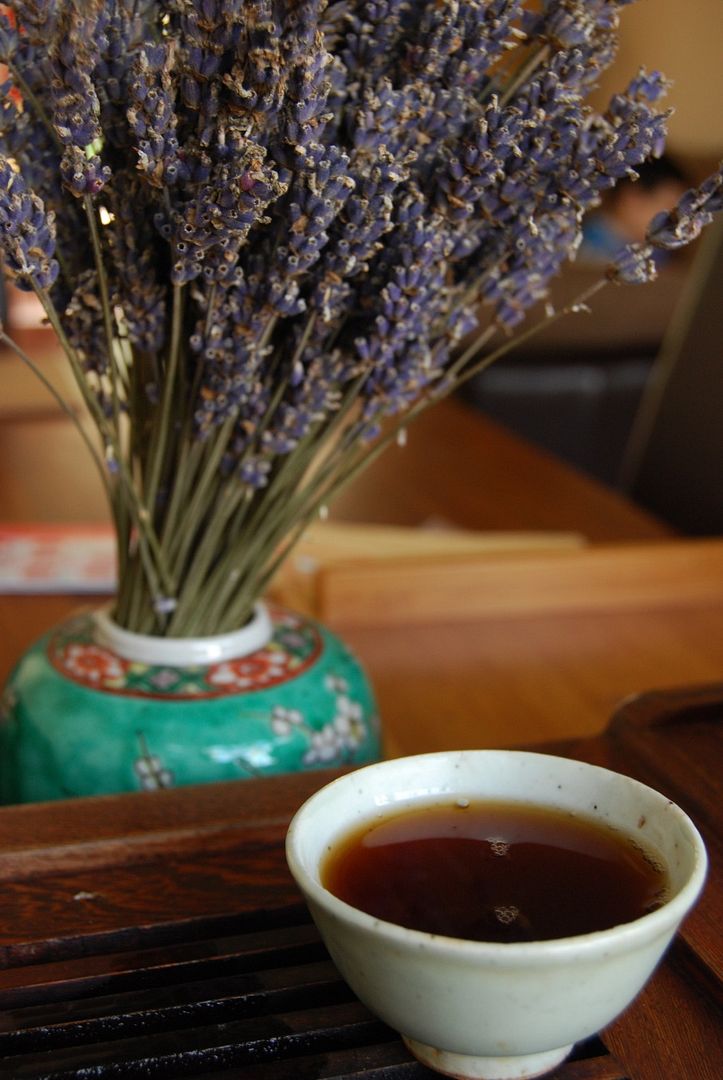
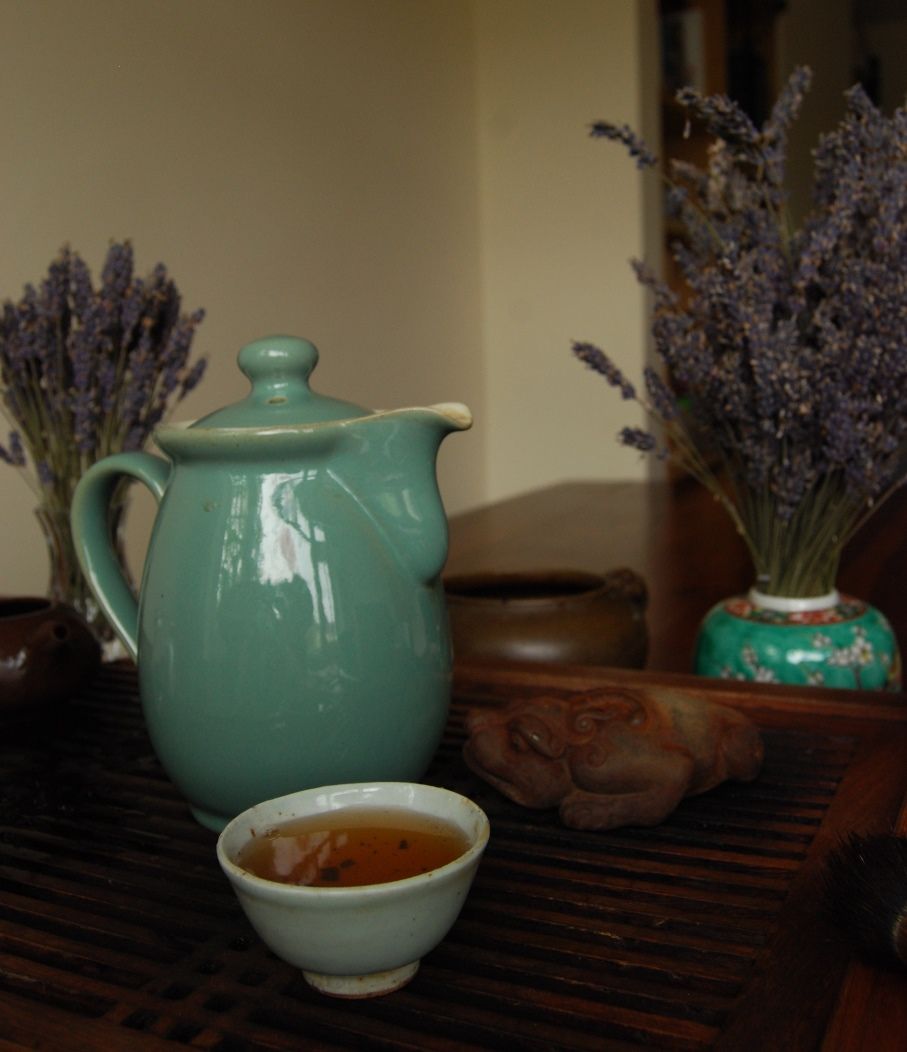
Doesn't seem like the Yiwu or Tongqinghao are on the site. Any idea about prices?
ReplyDeleteHmm, I suppose "watch that space" would be the best advice! I'm not sure when these will be listed.
ReplyDeleteToodlepip,
Hobbes